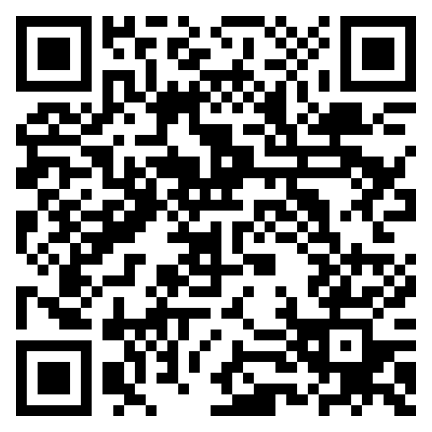Ways to use QR codes in healthcare
- To access patient and staff forms
- To correctly identify patients
- To provide instructions for using medical equipment
- To share healthcare information
- To promote drug safety
Over the last few years, QR code usage has exploded. They’re everywhere, from restaurants to stores to doctor’s offices and beyond. In fact, 59 percent of people surveyed in the United States say that QR codes are here to stay and that they’ll regularly use them in the years to come.
What makes the QR code so appealing, particularly in the healthcare industry? One of the reasons is that it provides easy access to information — and some of that information, from a healthcare perspective, could be lifesaving.
There are many other advantages to this technology. We’ll discuss them in this article and show you some of the different ways to use a QR code in healthcare. And if you’re ready to start generating QR codes for your own facility, we’ll show you how to create them quickly and easily with Jotform.
Pro Tip
Transform healthcare operations with QR codes. Begin creating personalized solutions with the QR Code Generator today.
The benefits of using QR codes in healthcare
Why use QR codes in healthcare? The primary reason is because they provide easy access to digital information. The healthcare field handles large quantities of data and information that’s important for patients, caregivers, and administrators alike. Gathering, finding, and sharing all that information takes time.
That’s where QR codes simplify things. There’s no need to type in a website URL or navigate to a certain area on a web page. When a user scans a QR code, they’ll be taken directly to the information they need to see.
This can save a lot of time — minutes for each engagement — which can be critical in a healthcare environment. Another key advantage of QR codes is that they’re incredibly easy to use, both for the healthcare organization creating the QR codes and for the patients and staff using them.
You can automate QR code creation with the right software, which can ensure the code is unique and points to the information specified. From a user’s perspective, no special technology is required to scan a QR code — just a regular smartphone.
Finally, QR codes help keep healthcare data secure. Instead of having the information available to everyone on a website, for example, administrators can keep data secure by only allowing access for certain people via QR codes. This is a valuable feature in an industry where patient privacy is protected by law.
Different ways to use QR codes in healthcare
There are so many different use cases for QR codes in healthcare. Here are some common ways to put QR code technology to use in hospitals, doctor’s offices, and clinics:
- To access patient and staff forms: Doctors’ offices can make filling out forms easier by giving patients QR codes to access registration forms, medical history forms, and feedback forms. QR codes tied to medical reports or even scheduling forms are helpful for medical staff.
- To correctly identify patients: Hospitals can use QR codes on badges or tags, and medical staff can scan them to access a patient’s identification or medical files. A similar use involves tracking at-risk patients in the community; responders can easily identify and learn about a patient from scanning their QR code.
- To provide instructions for using medical equipment: Healthcare organizations can place QR codes on medical equipment, providing access to user manuals, troubleshooting tips, and other information, so medical professionals don’t need to rifle through papers or wait for a technician to provide support.
- To share healthcare information: Placing QR codes on brochures is an excellent way to make it easier for people to learn more about certain conditions, procedures, or treatments. A QR code could link to helpful videos, e-books, or other resources. This can even help prepare nervous patients for upcoming surgeries.
- To promote drug safety: Some pharmaceutical companies now include QR codes on drug packaging. These codes link to details about the manufacturing, packaging, and transportation process. Pharmacies can also add QR codes to drug packaging to provide patient information or dosing instructions.
Jotform: Your go-to source for healthcare forms and QR codes
Ready to create custom QR codes for your healthcare forms? Jotform has you covered. Start by making a form in Jotform, and then create a corresponding QR code linking to the form you just built.
Jotform is ideal for the healthcare industry, as it provides forms that help with HIPAA compliance (available only for users on Gold and Enterprise plans). Medical practitioners and their patients can rest easy knowing their data is always private.
Plus, Jotform offers many healthcare form templates, such as patient enrollment forms and medical history forms, which you can fully customize using the intuitive drag-and-drop editor.
Jotform makes it easy to use QR code technology to provide easy access to necessary information in the healthcare field.

























































Send Comment: